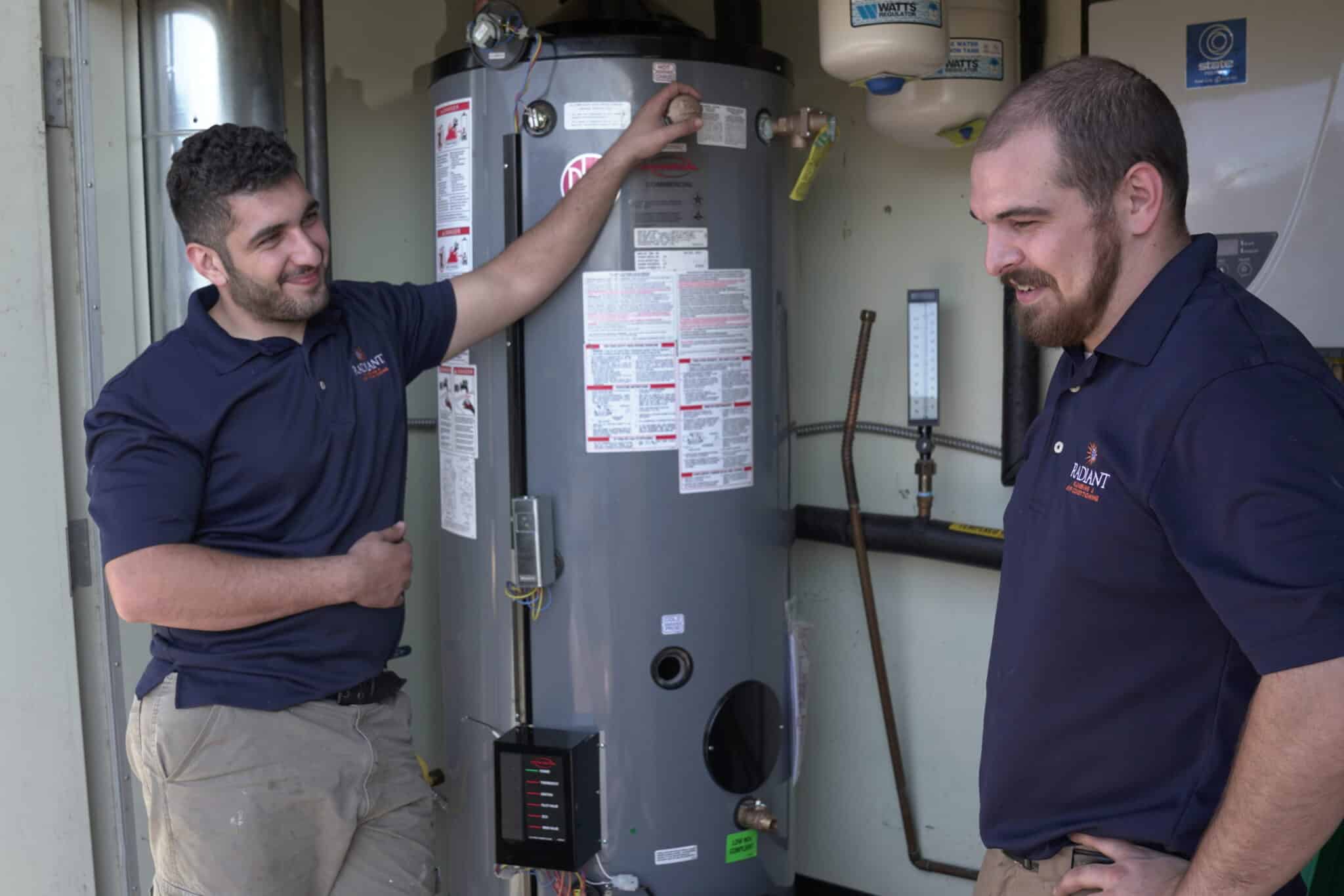Tips on How to Maintain Your Home's Hot Water System Functioning Well
Tips on How to Maintain Your Home's Hot Water System Functioning Well
Blog Article
What're your thoughts and feelings on Tips on Maintaining a Water Heater?

Hot water is vital for day-to-day comfort, whether it's for a revitalizing shower or washing meals. To guarantee your hot water system runs efficiently and lasts longer, routine upkeep is essential. This write-up provides sensible tips and insights on how to maintain your home's hot water system to prevent disruptions and pricey repair services.
Introduction
Keeping your home's hot water system could seem overwhelming, but with a few basic actions, you can ensure it operates smoothly for several years ahead. This guide covers whatever from understanding your hot water system to do it yourself maintenance suggestions and understanding when to contact expert aid.
Importance of Preserving Your Warm Water System
Normal maintenance not only prolongs the life-span of your hot water system but likewise guarantees it runs efficiently. Overlooking maintenance can cause lowered efficiency, higher energy bills, and even early failure of the system.
Indications Your Warm Water System Demands Upkeep
Recognizing when your warm water system needs attention can avoid significant concerns. Keep an eye out for signs such as inconsistent water temperature, unusual noises from the heating unit, or rustic water.
Comprehending Your Warm Water System
Prior to diving right into upkeep jobs, it's helpful to understand the basic elements of your hot water system. Usually, this consists of the hot water heater itself, pipelines, anode poles, and temperature level controls.
Regular Monthly Upkeep Tasks
Routine regular monthly checks can help catch minor issues before they escalate.
Flushing the Water Heater
Purging your hot water heater gets rid of debris accumulation, improving efficiency and prolonging its life.
Checking and Replacing Anode Rods
Anode rods avoid corrosion inside the container. Evaluating and changing them when worn is important.
Examining and Adjusting Temperature Settings
Readjusting the temperature settings guarantees optimal efficiency and security.
DIY Tips for Maintenance
You can perform numerous upkeep tasks on your own to maintain your warm water system in top condition.
Looking for Leakages
On a regular basis inspect pipelines and connections for leaks, as these can lead to water damages and greater expenses.
Testing Stress Relief Valves
Evaluating the stress safety valve ensures it works properly and avoids excessive pressure buildup.
Insulating Pipelines
Shielding warm water pipelines minimizes warm loss and can save energy.
When to Call a Specialist
While DIY maintenance is valuable, some concerns need professional experience.
Complex Concerns Needing Professional Aid
Examples include significant leaks, electric issues, or if your water heater is constantly underperforming.
Routine Specialist Maintenance Benefits
Expert maintenance can consist of thorough assessments, tune-ups, and making certain conformity with security standards.
Verdict
Routine maintenance of your home's warm water system is necessary for effectiveness, longevity, and price savings. By following these pointers and understanding when to seek specialist help, you can make certain a trustworthy supply of hot water without unanticipated interruptions.
How to Maintain an Instant Hot Water Heater
Before tinkering with your hot water heater, make sure that it’s not powered on. You also have to turn off the main circuit breaker and shut off the main gas line to prevent accidents. Also turn off the water valves connected to your unit to prevent water from flowing into and out of the appliance. 2. When you’re done, you have to detach the purge valves’ caps. These look like the letter “T†and are situated on either side of the water valves. Doing so will release any pressure that has accumulated inside the valves while at the same time avoid hot water from shooting out and burning your skin. 3. When the purge valves’ caps are removed, you have to connect your hosing lines to the valves. Your unit should have come with three hoses but if it didn’t, you can purchase these things from any hardware or home repair shops. You can also get them from retail stores that sell water heating systems. Read the user’s manual and follow it to complete this task properly. When the hosing lines are connected, open the purge port’s valves. 4. You should never use harsh chemical cleaners or solutions when cleaning your unit. Make use of white vinegar instead. It should be undiluted and you’ll probably use about 2 gallons. 5. Now flush your water heater. This task should probably take about 40 minutes. We can’t give you specific directions for this because the procedure is carried out depending on the type, model and brand of your heater. With that being said, refer to the user’s manual. 6. When you’re done draining the unit, you have to turn off the purge port valves again. Remove the hosing lines that you earlier installed on each of the water valves. Put the valve caps (purge port) back in their respective places and be very careful so as not to damage the rubber discs that are found inside these caps. 7. Now that everything’s back in place, check your user’s manual again to find out how to reactivate your water heating system. 8. Once it is working, turn one of your hot water faucets on just to let air pass through the heater’s water supply pipes. Leave the tap on until water flows smoothly out of it. https://www.orrplumbing.com/blog/2014/september/how-to-maintain-an-instant-hot-water-heater/

Hopefully you enjoyed reading our excerpt about Water Heater Maintenance Tips You Can't Afford to Forget. Thank you for finding the time to read through our article. Please take the time to share this entry if you enjoyed it. I truly appreciate your readership.
Check Us Out Report this page